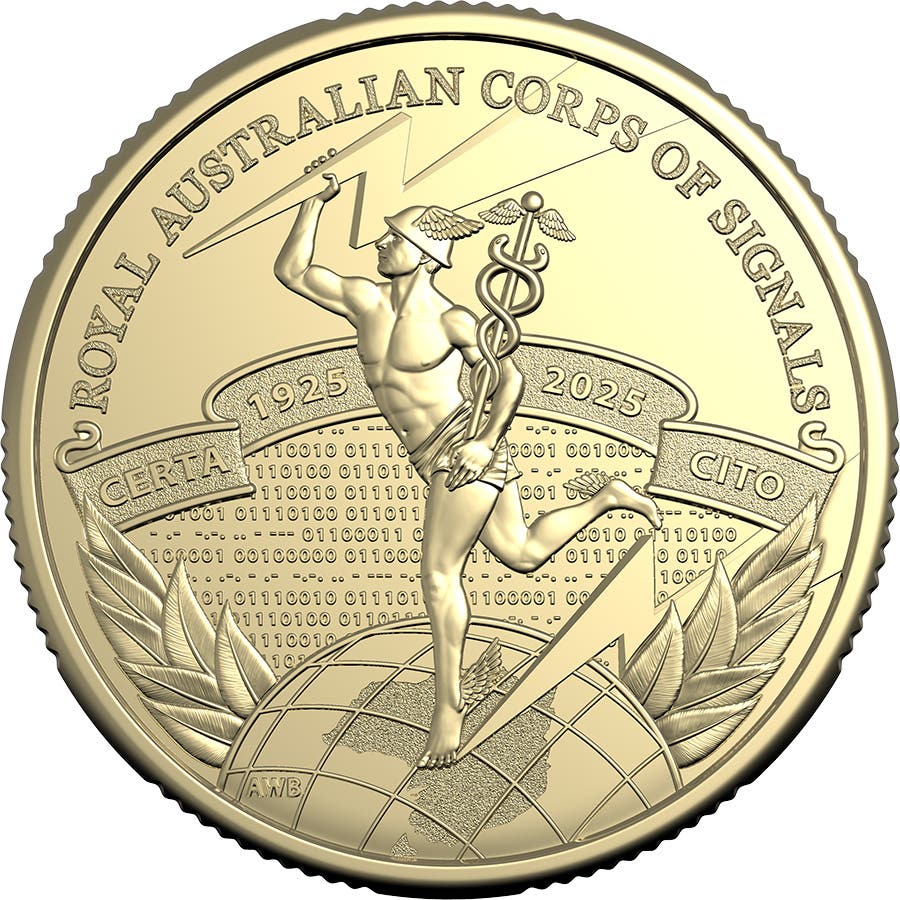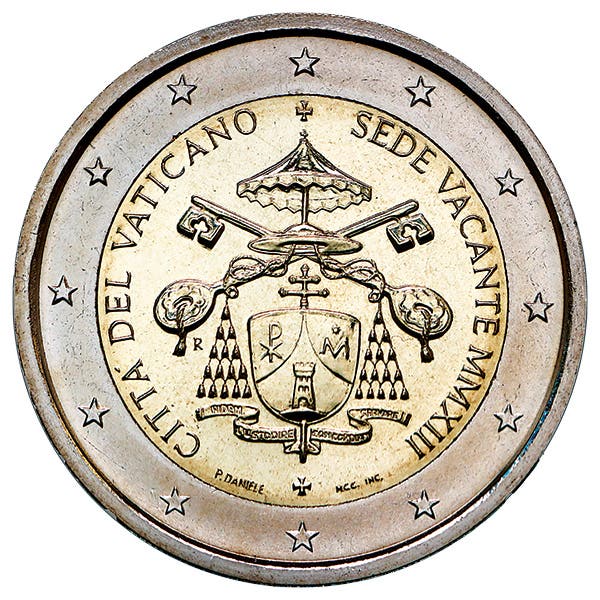A coin hoard thought to be linked to the massacre at Glencoe, unearthed by a student archaeologist
Archeological student Lucy Ankers made the discovery on a dig in Western Scotland.
A Highland chief's coin hoard has been found under a fireplace in Western Scotland. The trove may have been hidden away while the chief tried in vain to flee the Glencoe massacre.
The 36-coin collection, which was discovered in a 17th-century hunting lodge or banqueting hall, was hidden behind the ruins of a large stone fireplace and featured worldwide currencies.
The site has been associated with Alasdair Ruadh “Maclain” MacDonald of Glencoe. He was the clan chief from 1646-92. Maclain, along with his family, was slain during the massacre at Glen Coe that followed the first Jacobite rising. The clan took part in the effort to restore the Catholic monarch, James II of England and Ireland and VII of Scotland, after he was deposed by his Anglican daughter Mary and her husband, William of Orange.
The Clan MacDonald was targeted for failing to take an oath of allegiance to the Protestant monarchs in time. Government forces put down the rebellion, and an estimated 82 clan members were killed on February 13, 1692, along with Maclain and his wife.
The silver and bronze coins, along with numerous other artifacts, were discovered at the "summerhouse of Maclain." Currency from France, the Spanish Netherlands, and the Papal States, as well as the reign of Elizabeth I, James VI and I, Charles I, the Cromwellian Commonwealth, and Charles II, was also found.
Lucy Ankers, the archaeology student at the University of Glasgow, who found the hoard, said: “As a first experience of a dig, Glencoe was amazing. I wasn’t expecting such an exciting find as one of my firsts. I don’t think I will ever beat the feeling of seeing the coins peeking out of the dirt in the pot.”
Because whoever buried the money did not retrieve it, historians surmise that they may have been slain during the massacre.
Dr Michael Given, the co-director of the University of Glasgow’s archaeological project in Glencoe, said: “What’s really exciting is that these coins are no later than the 1680s, so were they buried in a rush as the massacre started first thing in the morning of 13 February 1692? We know some of the survivors ran through the blizzard and escaped up the side glens, including this one. Were these coins witnesses to this dramatic story? It’s a real privilege to hold in our hands these objects that were so much part of people’s lives.”
You may also like:
Kele Johnson is the Editor of Kovels Antique Trader magazine and the Digital Content Editor of Active Interest Media's Collectibles Group. Her captivation with collectibles began at a young age while dusting her mother’s McCoy pottery collection. She admits to a fondness for mid-century ceramics, uranium glass, and ancient coin hoards. Kele has a degree in archaeology and has been researching, writing, and editing in the collectibles field for many years. Reach her at kelejohnson@aimmedia.com.








